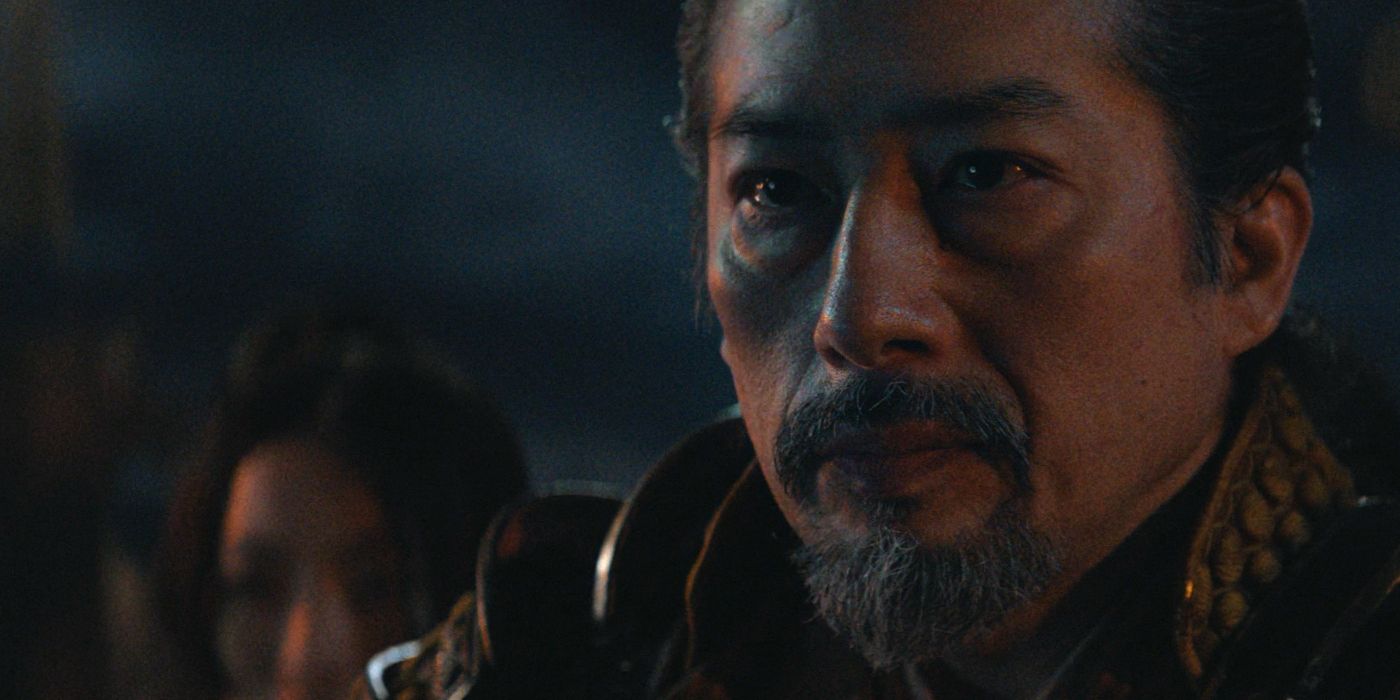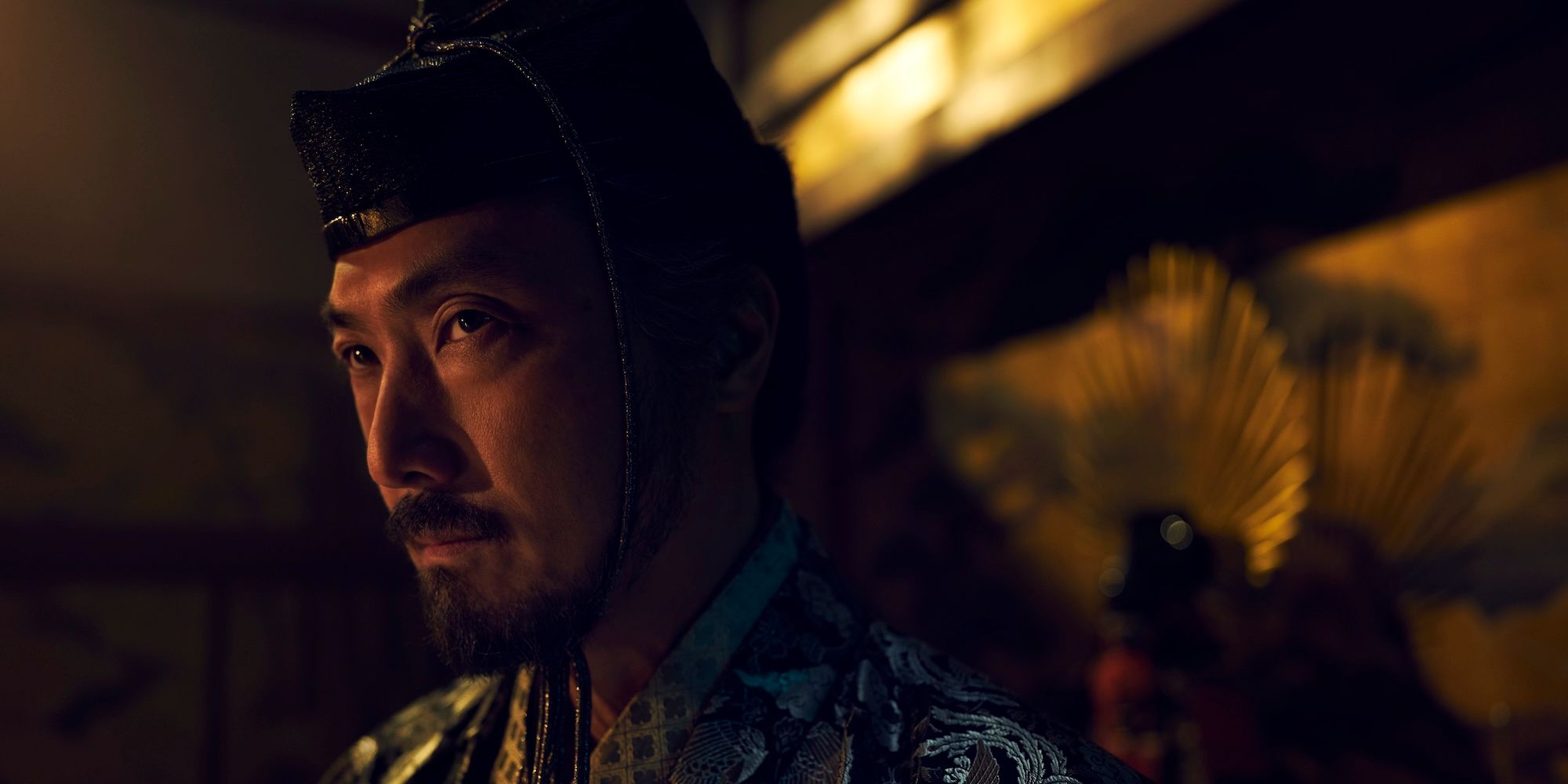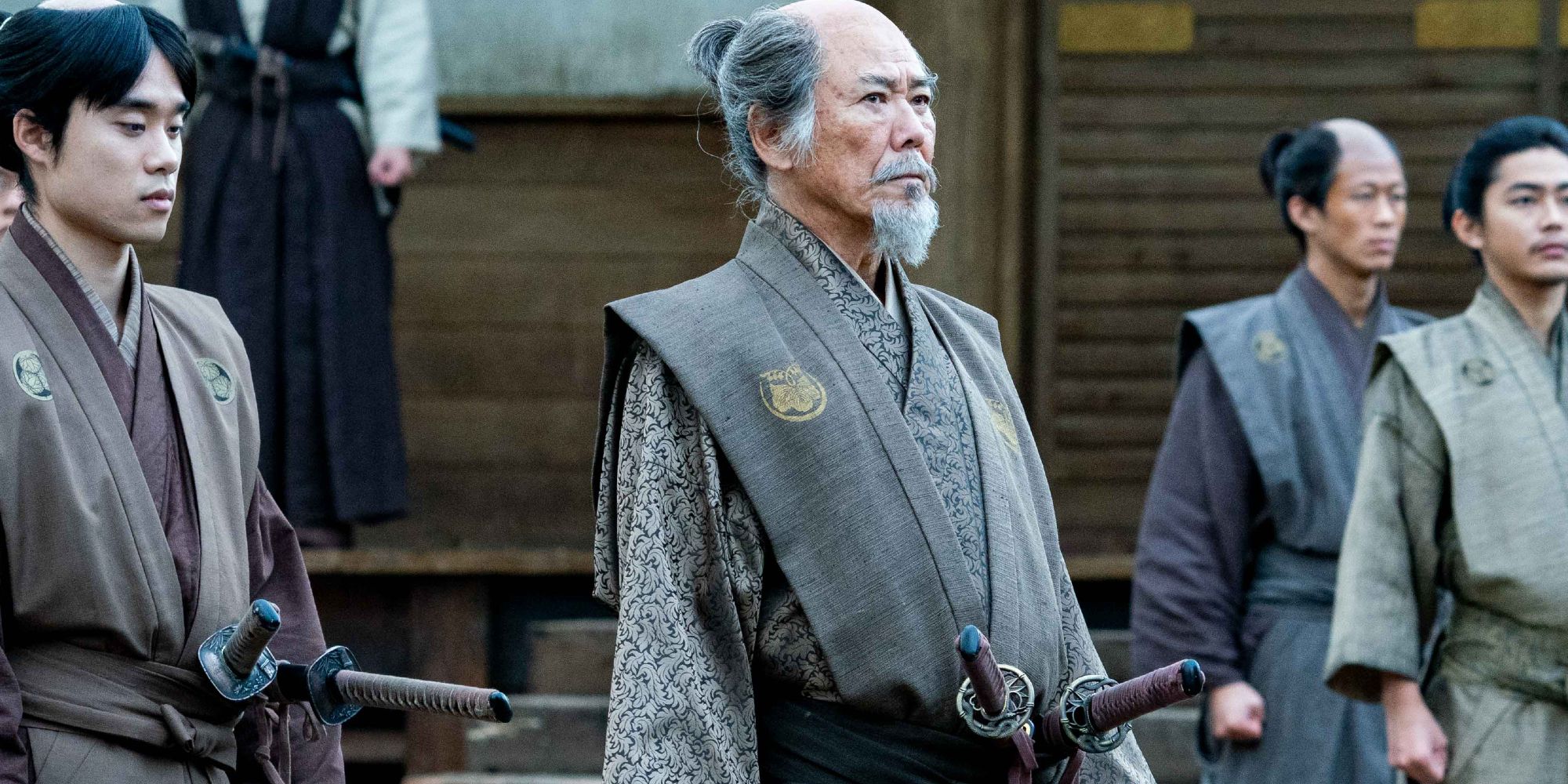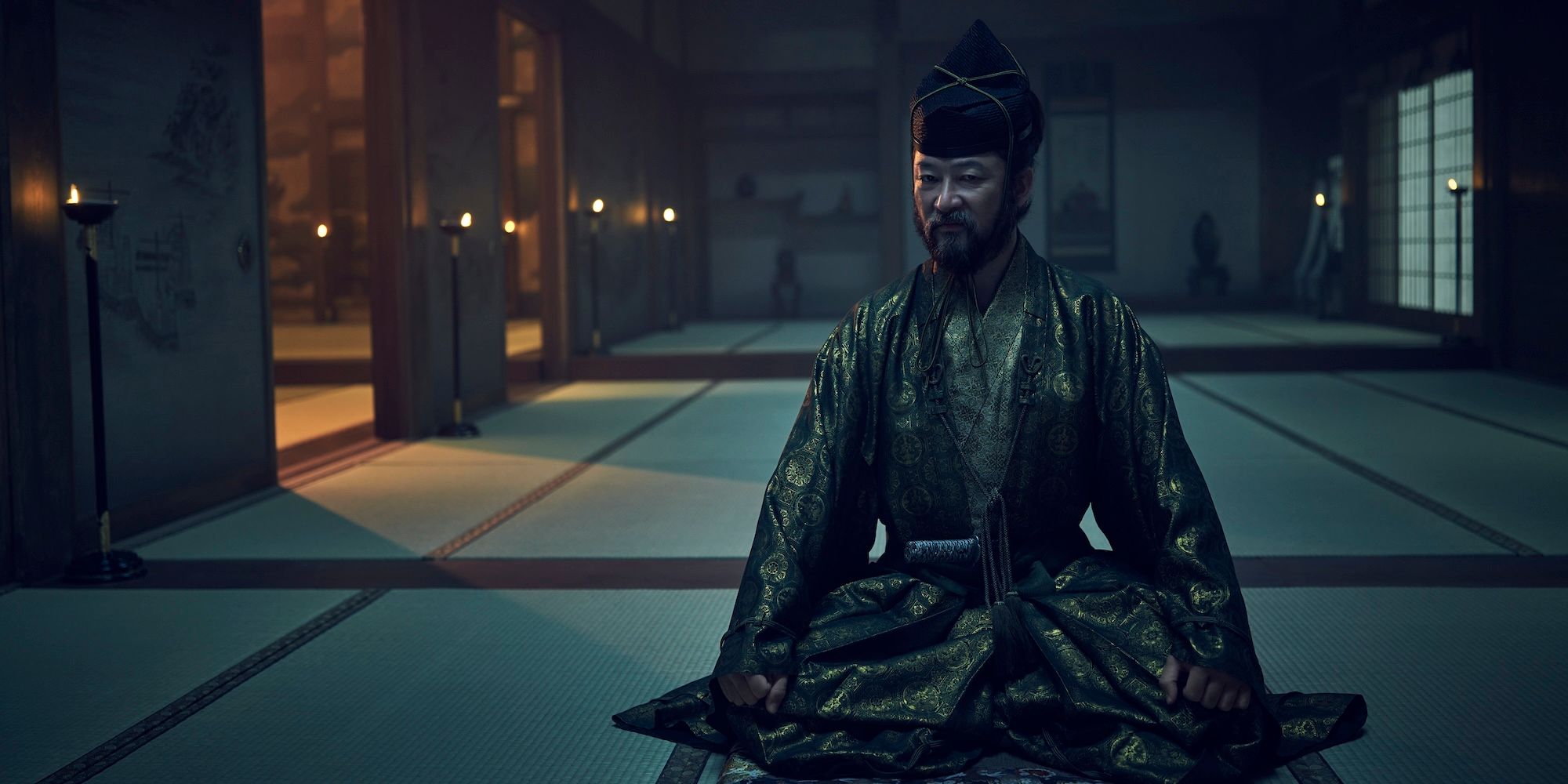
The new FX/Hulu historical epic series Shōgun references the Imjin War, a real-life conflict, multiple times in its initial episodes. The show follows the rise of the Tokugawa shogunate in 17th century feudal Japan, ushering in a period of peace known as the Edo Period. Lord Yoshii Toranaga, played by Hiroyuki Sanada, is based on the true story of Tokugawa Ieyasu, who defied the Council of Five Elders to establish his family dynasty as the shogun of Japan for over two centuries.
Shōgun made its debut on February 17, 2024, and has garnered high praise, achieving a remarkable 100% rating on Rotten Tomatoes after the first three episodes. Although the series takes liberties with historical accuracy regarding Tokugawa's ascent to power and the involvement of William Adams, the inspiration for the character John Blackthorne, it has been a hit with critics. The show is expected to depict the pivotal Battle of Sekigahara in 1600, marking the start of the Tokugawa shogunate and the Edo Period. Prior to these events, Japan was engaged in the Imjin War with Korea.
The Imjin War Is Japan's Two Invasions Of Korea Between 1592-1598
Toranaga looking at the Black Ship in Shogun - The Imjin War Is Japan's Two Invasions Of Korea Between 1592-1598
While the Imjin War is not directly shown in Shōgun, its impact is strongly felt throughout the series. This war involved two separate Japanese invasions of Korea at the end of the 16th century. The first invasion took place in 1592, followed by a second in 1597 after a short truce in 1596. These invasions were led by Toyotomi Hideyoshi, depicted as the Taikō in Shōgun episode 2, a powerful figure in feudal Japan who established the Council of Five Elders.
Hideyoshi had hoped to gain control over Korea and China through the Imjin War, but his plans did not succeed. After the Taikō's death in 1598, the Japanese forces were instructed by the Council of Five Elders to withdraw from Korea. The World History Encyclopedia notes that while the initial stages of the campaign were successful with the capture of cities like Pyongyang and Seoul, the Korean navy and the Ming China's land army eventually halted the first invasion.
What Caused The Japanese Invasions Of Korea
Ishido looks menacingly to the side in Shogun - What Caused The Japanese Invasions Of Korea
During the Imjin War, Hideyoshi, a respected war general nearing the end of his life, aimed to expand Japan's borders by conquering Korea and China. However, the first invasion revealed the vast resources needed to challenge the combined forces of Korea and China, leading the Council of Five Elders to halt the second invasion to prevent another failure.
Historians suggest that Hideyoshi's grand plan to conquer Ming China may have stemmed from a mental disorder, with paranoia towards those close to him. This sheds light on the importance of a new shogun rising to power, as discussed in the World History Encyclopedia. On the other hand, some historians argue that Hideyoshi strategically sent his eager generals to Korea to prevent conflicts within Japan.
Was There A Winner Of The Imjin War?
Hiromatsu and young samurai standing together in Shogun - Was There A Winner Of The Imjin War?
China and Korea successfully repelled the two large invasions led by Hideyoshi, showing that Japan was the clear loser of the Imjin War. The Taikō's ambitious plans to conquer China and Korea ended up weakening his clan's power in Japan significantly. This aspect is not highlighted in Shōgun, where the war is mainly portrayed as a backdrop to Japan's unity before Hideyoshi's death and the Battle of Sekigahara. Hideyoshi's dream of a Japanese Empire ended with his passing in 1598.
The Imjin War caused significant casualties in Korea, with around 125,000 Korean civilians killed and an additional 60-70,000 taken as prisoners. The invasions also had a negative impact on the Ming dynasty in China, leading to economic struggles immediately after the war. Despite the hardships, diplomatic and trade relations with Korea were restored from 1607 onwards and continued for two more centuries, although the wounds from the Imjin Wars remained unhealed, as noted by the World History Encyclopedia.
Why The Imjin War Is Referenced In Shogun
Yabushige sits on the floor with his head turned in Shogun - Why The Imjin War Is Referenced In Shogun
The Imjin War is mentioned in Shōgun to show how Toranaga and Ishida, who once fought together for Japan, are now enemies. This highlights the unity that existed between the Council of Regents and how Japan could come together for a common cause, regardless of the Taikō's true reasons for starting the war. The references to the Imjin War in Shōgun suggest that Japan is in need of a new military leader following Hideyoshi's death.
Interestingly, the Imjin War was a period of stability and unity in Japan when compared to the feudal lord rivalries that led to the Battle of Sekigahara. The aftermath of the war also led to cultural exchanges between Korea and Japan, with both countries learning about each other's customs and weaponry. Metaphorically, the Imjin Wars symbolized Japan's early attempts to establish itself as a global empire, a concept that was important during the founding of the Tokugawa shogunate in Shōgun.
Source: World History Encyclopedia
Editor's P/S:
The article "The Imjin War: Japan's Two Invasions of Korea in Shōgun" provides a comprehensive overview of the historical conflict that serves as a backdrop to the FX/Hulu series Shōgun. The war's impact on Japan's political landscape and the rise of the Tokugawa shogunate is deftly explored, showcasing the show's attention to historical detail.
The article also highlights the human toll of the war, with an estimated 125,000 Korean civilians killed and 60-70,000 taken prisoner. This sobering reminder of the conflict's brutality adds depth to the show's portrayal of the political and personal struggles of its characters. Overall, the article effectively contextualizes the Imjin War within the narrative of Shōgun, enhancing the viewer's understanding of the series and the historical events that shaped it.

















